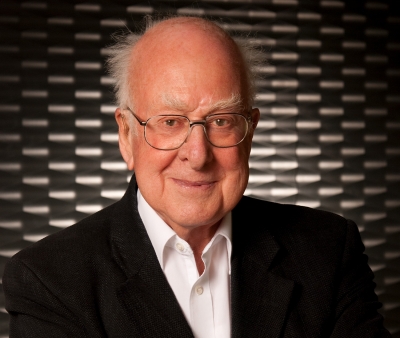
The Einstein-Rosen bridges or wormhole tunnels use the theory of general relativity. But do they exist beyond the realm of imagination?
Imagine this magic door you can open and that lets you travel from one place to another in less time. This is a wormhole. A hypothetical bridge through space and time, wormholes are shortcuts in the universe.
They are of course hypothetical. These are theoretical passages through space and time. Also called Einstein-Rosen bridges, these are bridges that were proposed by Einstein and physicist Nathan Rosen using the theory of general relativity.
It is the tunnel between two black holes or points in space-time. These are bridges that connect two different points in space-time that create a shortcut and thereby reduce the travel time.
While the existence of wormholes has been predicted mathematically through Einstein’s theory of general relativity, no wormholes have been discovered.
Wormholes act as tunnels or theoretical bridges connecting points in space and time in such a manner that the journey between two points is less when compared to that through normal space.
Why called a wormhole?
It was American theoretical physicist John Wheeler who came up with the word wormhole. The Einstein-Rosen Bridges were compared by him to the movement of a worm through the middle of an apple, eating from one side to another. Were it to travel through the circumference of the apple, it would take a longer time whilst it can travel directly through the apple.
This particular space-time conduit is shorter. This term came into being through this analogy. And thus was born the wormhole.
Picture Credit : Google

